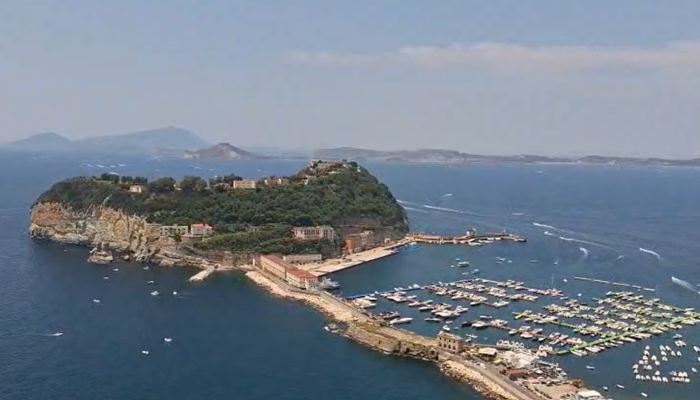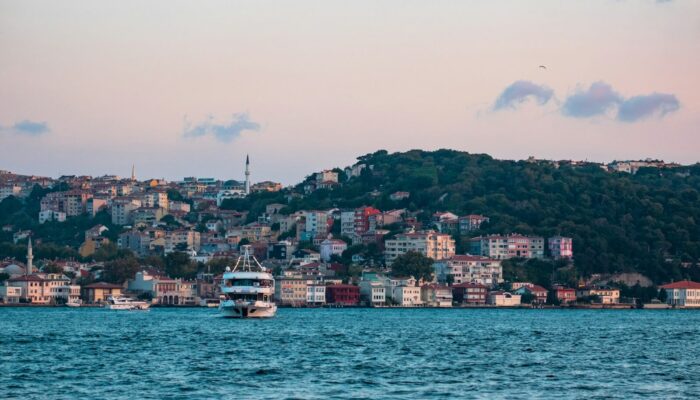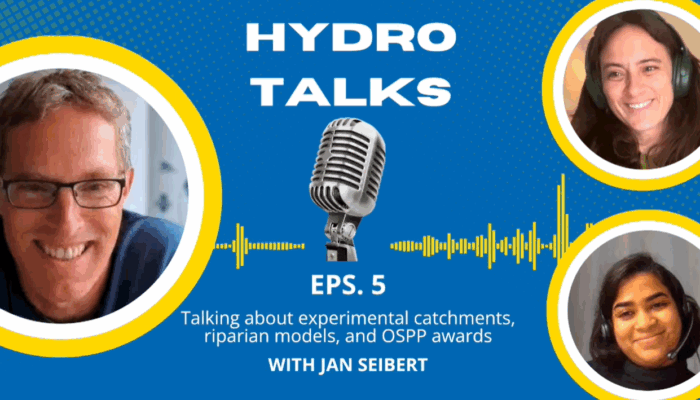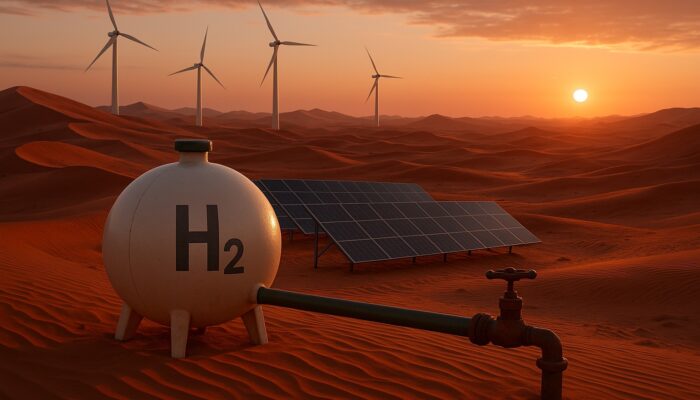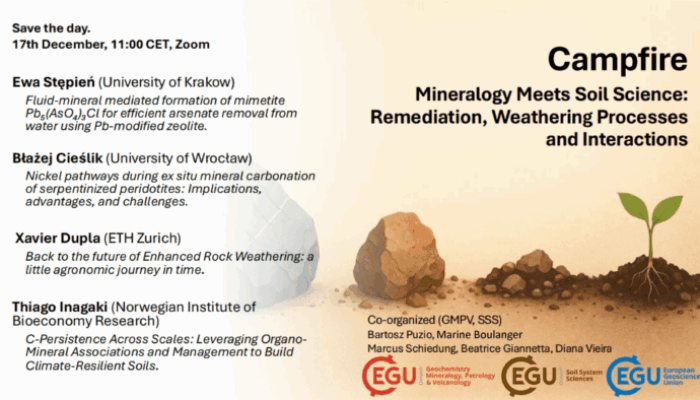Natural Hazards
Living with a restless giant: The challenge of multi-risk management and communication at Campi Flegrei Volcano
Nestled within one of Europe’s most densely populated regions, the Campi Flegrei caldera is a volcanic system whose secular unrest shapes the daily life of its inhabitants. Here, during the last decade and still ongoing crisis, ground uplift, frequent earthquakes, and persistent gas emissions interact to create a complex, evolving multi-risk environment. These natural hazards rarely follow simple ...[Read More]
Climate: Past, Present & Future
Türkiye’s Climate at a Crossroads
Climate change is often described as a challenge of the future. Yet through our latest work, we’ve realized the future is already unfolding across Türkiye’s landscapes and climates. The signs are visible in the shifting seasons, intensifying heatwaves, and changes in rainfall… As one of the authors of the study “High-Resolution Projections of Bioclimatic Variables in Türkiye: Emerging Patter ...[Read More]
Atmospheric Sciences
Harnessing Machine Learning to Advance Tropospheric Ozone Science
Machine learning (ML) and Artificial Intelligence (AI) offer powerful tools to address long-standing scientific challenges. At the molecular scale, we’ve seen projects like AlphaFold discover unknown protein structures and how they might interact with other molecules. At the planetary scale, ML-driven models like GraphCast (Google), AIFS (ECMWF) and ACE (Allen Institute for AI) are revolutionizin ...[Read More]
Hydrological Sciences
Co-creating water knowledge (Part 2): Our achievements and ongoing activities of our working group
The story so far, and how it developed We left you in part 1 of our blog (Hydrological Sciences | Co-creating water knowledge (Part 1): The history and future of an interdisciplinary working group) two days ago, anticipating what we are doing and how you can get involved with us. The IAHS Working Group on “Co-creating Water Knowledge” developed a “baseline paper”, defining core co-creation concep ...[Read More]
Hydrological Sciences
HydroTalks Podcast: Prof. Jan Seibert about hydrological models, experimental catchments and advice for early career scientists
For this episode, we’re thrilled to welcome Prof. Jan Seibert, based at the Department of Geography, University of Zurich. His research focuses on hydrological modelling under landscape change, citizen science through the CrowdWater app, and large-scale modelling studies. He is also the Henry Darcy medal winner of 2025. You can check out the podcast below, or read the interview summary in this blo ...[Read More]
Geodynamics
Growing geological Christmas trees: salt ‘Christmas-tree’ structures explained
As geoscientists, we tend to see geology everywhere. Around Christmas, many people stare at decorated fir trees and twinkling lights; salt tectonicists stare at seismic lines and outcrops and see… trees as well. Tall stems, branching limbs, stacked “tiers” of material; a whole forest of geological Christmas trees hiding in the subsurface. In salt provinces around the world, from the Flinders Range ...[Read More]
Hydrological Sciences
Co-creating water knowledge (Part 1): The history and future of an interdisciplinary working group
HELPING and the co-creation of a working group In 2023, the International Association of Hydrological Sciences (IAHS), inaugurated a new Scientific Decade, called HELPING – IAHS Science for Solutions decade, with Hydrology Engaging Local People IN one Global world. This third decade was established through a bottom-up process, by investigating the interests and the urgency of local hydrolo ...[Read More]
Stratigraphy, Sedimentology and Palaeontology
SEDIMENTARY BASINS OF ALGERIA: THEIR ROLE IN EUROPE’S ENERGY SECURITY AND EMERGING GREEN HYDROGEN FUTURE
Algeria is often described as one of the great energy engines of Africa and the Mediterranean, and with good reason. Its proven oil and gas reserves are impressive, but what truly sets the country apart is the extraordinary complexity of its geological history. Over more than two billion years, tectonics, climate shifts and sedimentation created a series of basins that today host some of North Afr ...[Read More]
Geochemistry, Mineralogy, Petrology & Volcanology
GMPV ECS Campfires – Mineralogy Meets Soil Science: Remediation, Weathering Processes and Interactions
How do minerals shape the future of soils, and how do soils drive mineral transformations? This campfire highlights remediation strategies, contamination hazards, and mineral–soil interactions that control water quality, carbon storage, and ecosystem health. Join us on Wednesday, December 17th @ 11 am CET to explore how weathering, organo-mineral processes, and innovative approaches help tackle po ...[Read More]


